With the advent of spring, gardeners are waiting for their garden to be filled with the sweet aroma of lilac and a variety of colors from lilac to snow-white. But it is the white lilac with lush inflorescences that possesses bewitching sophistication, capable of capturing the eyes of all passers-by.
Material Content:
The best varieties of white lilac for growing
The genus Lilac has about 30 varieties, among which there are many varieties of white lilac.
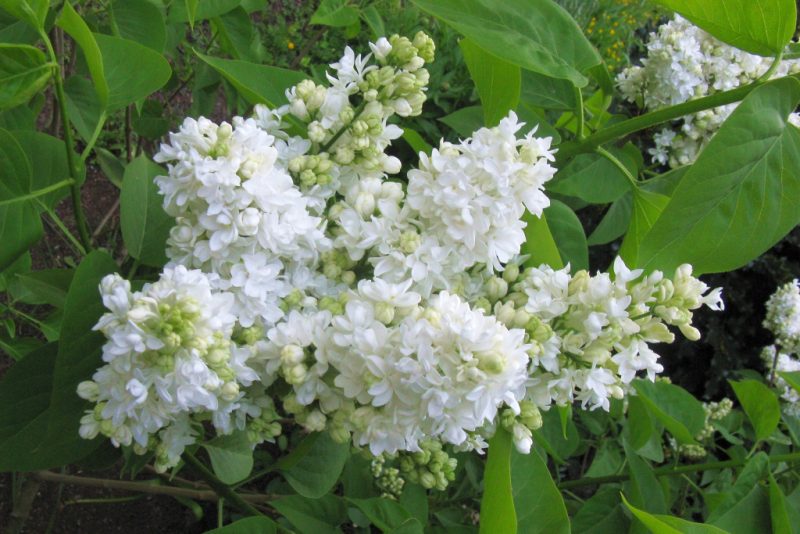
Everyone knows the common lilac.
The most common varieties of the type species:
- "Flora 53". The tall variety is considered one of the most decorative among white forms, thanks to large inflorescences of simple, snow-white flowers with a diameter of up to 3 cm.
- "The memory of Kolesnikov." Terry white lilac is distinguished by cream buds, which, after blooming, turn into snow-white, rather large flowers.
- "Miss Ellen Willmott." A medium-sized bush with greenish-cream buds and double flowers of white color.
In central Russia, the white form of the Amur lilac, which is represented by sprawling shrubs with a dense crown, can also be cultivated. Flowering is noted 2 weeks later than in varieties of common lilac.
Beautiful compact bushes of velvet lilac are much less common among the representatives of the first two species. Shrub from dense shoots in spring is covered with white flowers, the aroma of which can be compared with the exquisite notes of French perfumes.
Planting seedlings in open ground
Seedlings are planted in open ground in sunny areas, where flowering will be more magnificent and spectacular.
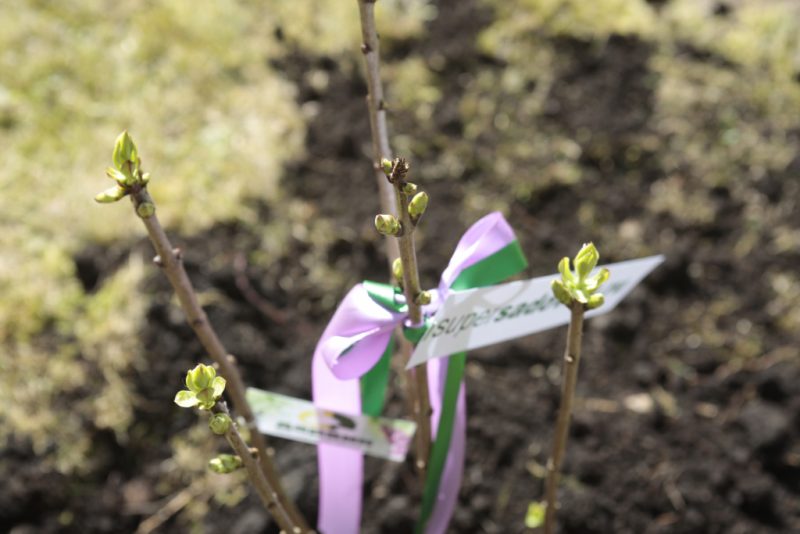
White lilac, like other forms of the genus, loves fertile soil with a neutral or slightly acidic reaction.
Planting seedlings is best done in the second half of summer - early September, which will allow them to take root well.
Perform the procedure as follows:
- If the soil is fertile, then a cube-shaped pit with dimensions of 50x50 cm is excavated at the selected site.
- In the case when the soils are scarce, the parameters are doubled, which makes it possible to fill the pit with fertile soil mixture of humus with the addition of wood ash and superphosphate.
- A drainage layer of brick chips or gravel is placed in the hole, on which an earthen hill is created.
- Next, planting material is omitted, in which the roots and shoots are previously slightly shortened.
- The pit is filled with a substrate so that the root neck 2 cm rises above the ground level.
- The trunk circle is watered and covered with a layer of mulch.
Garden care
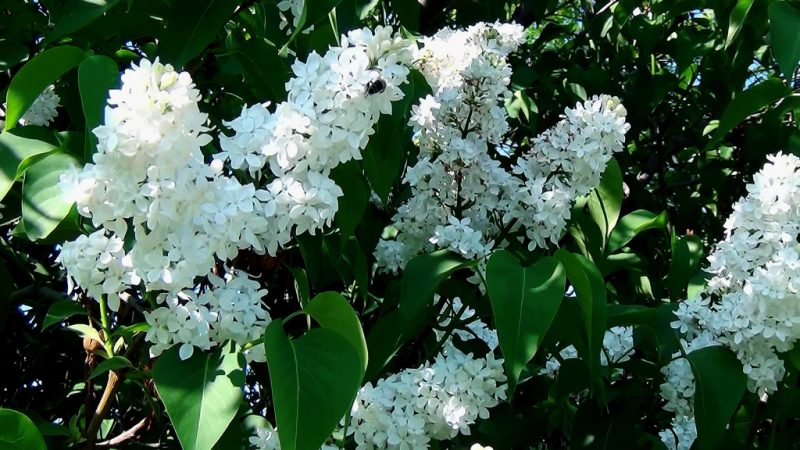
White lilac is one of the few abundantly flowering plants that practically does not need care:
- Watering. The procedure is carried out in the first half of summer after drying the trunk circle at the rate of 2 buckets of water under the bush.
- Loosening, weeding, mulching. To maintain soil looseness, 3 loosening per season is sufficient, during which weeds are removed. If you use a layer of mulch around the trunk, the frequency of watering and loosening will be reduced.
- Top dressing. In the first few years of the growth of white lilac, fertilizing with nitrogen fertilizers is required. Phosphorus-potassium mineral complexes are used only from the third year of development of the culture with an interval of 2 years. If the fertilizers are granular, then they should be introduced into the furrows with a depth of 7 cm, followed by watering.
- Transfer. Any kind of lilac depletes the soil very quickly, so you should replant the bushes 2 years after planting. Timing depends on age: three-year-olds transplant at the end of summer, younger ones - after flowering, which allows lilacs to successfully take root.
- Pruning. A crown of white lilac is formed in the third year of development, when the most suitable skeletal branches are left. In the future, every spring before the sap flow begins, each skeletal shoot is shortened to 8 healthy kidneys. Sanitary pruning is carried out simultaneously with the shaping.
Attention! To understand why the white lilac does not bloom, all care measures should be reviewed. The reason may lie in stagnant water, lack of lighting, improper pruning, overly acidic soil, or an overabundance of nitrogen fertilizers.
Wintering plants
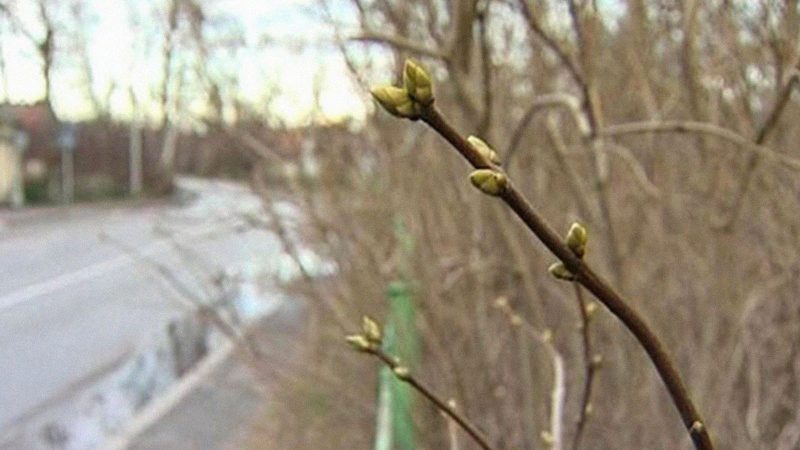
White lilacs are frost-resistant, but at a young age, until the development of a full-fledged root system, it is recommended to mulch the trunk circle for the winter and cover the central shoots with spruce branches.
How to propagate a white lilac
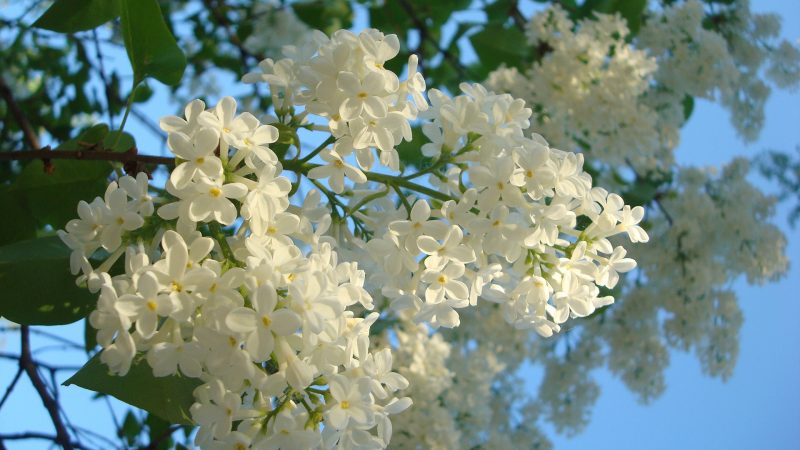
Since the seed method does not guarantee the preservation of varietal qualities, and the vaccination propagation method is more used in the industrial production of seedlings, the most effective and simple method for breeding white lilacs at home is rooting cuttings. In the spring young shoots are selected and dug in grooves. Over the summer, during which layering is watered and fed, they form roots. After that, new plants are separated and planted in a permanent place.
Diseases, pests and their treatment
White lilac is resistant to pests and diseases.

But under adverse weather conditions or a violation of agricultural techniques for growing lush shrubs on the shoots, the following diseases may occur:
- Powdery Mildew Fungal disease is easily treated with fungicide treatments.
- Verticillin wilt. To prevent the development of the disease at the first symptoms, the bush is pruned, in which the diseased parts are removed, and treated with the corresponding fungicides.
- Bacterial necrosis. If during the examination, foci of the development of the disease were recorded, diseased shoots should be removed and in the future do not allow the lilac to be populated by insects that are carriers of pathogens. With a severe defeat, the bush must be uprooted.
Of the pests, lilac hawthorn, moth, mining moth and ticks stand out. Insecticide spraying will help protect plants from insect attacks.
Beautifully and abundantly blooming lilacs are quite unpretentious and decorate the garden with grace, almost without requiring the attention of the gardener. This is a wonderful selection of plants for decorating the garden.












